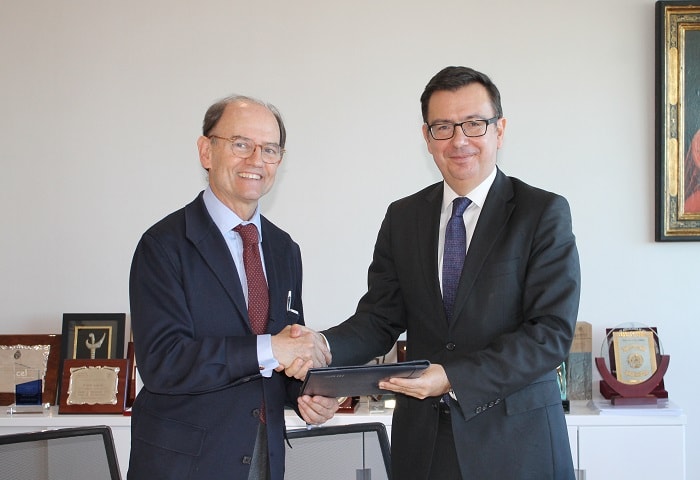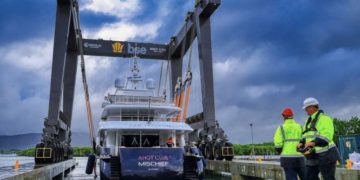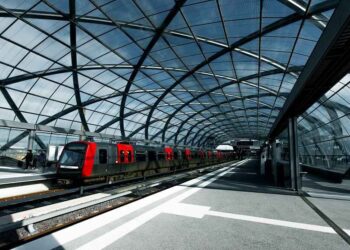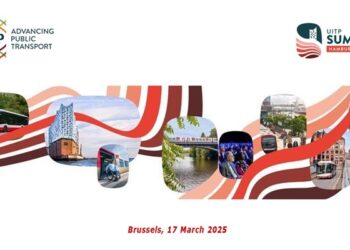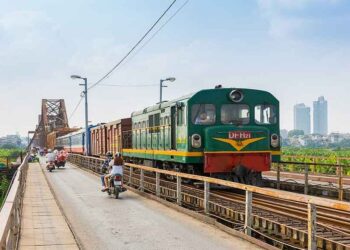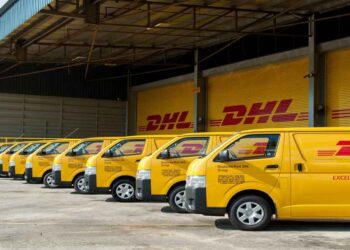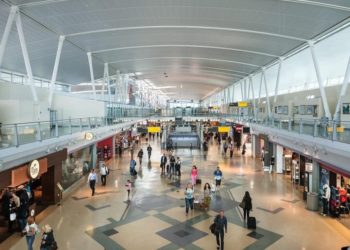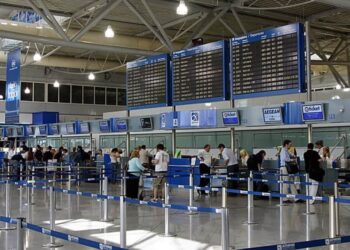President Jacob Zuma unveiled the first locomotive to be designed, engineered and manufactured in Africa, marking a crucial step in Transnet’s and South Africa’s march towards becoming a leading manufacturer and supplier of rolling stock on the continent.
The Trans-Africa Locomotive is a brainchild of Transnet’s engineering and manufacturing division, Transnet Engineering. It was conceptualised and engineered by a team of experts from within Transnet and assembled at the company’s production facility in Koedoespoort, east of Pretoria.
Transnet has identified innovation as central to placing the company at the forefront of the African continent’s drive towards strengthening its logistics infrastructure and engineering capability. It is also a crucial element of the company’s efforts to diversify sources of revenue.
The locomotive is designed for the African landscape, and is suitable for use on branch lines and in the yard for shunting. It can be used on old rail tracks originally designed to carry light axle loads. The original underframe, superstructure, bogies, body, and locomotive control system were designed to withstand the African climate.
Transnet Group Chief Executive, Mr Siyabonga Gama said: “The locomotive is evidence of the strides we are making in transforming Transnet Engineering into an Original Equipment Manufacturer for locomotives, a move designed to restore our position as a catalyst for African innovation, industrialisation and critically, intra-African trade.â€
In addition, the Trans-Africa Locomotive is appropriate for aged railway lines that operate on the Cape Gauge system, offering a cost-effective solution for the majority of the continent’s railway lines that are currently unused.
It also boasts the following features:
A diesel powered engine- ensuring regional accessibility where there are no electrical lines;
A unique cabin design with front and rear facing windows, allowing for movement in both directions without obstructing the driver’s view, caters for customers who cannot afford two locomotives per route;
Scope for customisation options for various uses, including diesel multiple unit conversions with smooth start-stop motion for public transport, cabin customisation, and engine upgrades.
Once in production, the locomotive is expected to grow and maintain our revenue streams across the continent and beyond.Transnet has, for many years, built and supplied rail stock for clients both within and outside of the borders of South Africa, but has never owned a product, from design to assembly.
Mr Thamsanqa Jiyane, the Chief Officer Advanced Manufacturing at Transnet Engineering said: “In the past three years of our Market Demand Strategy execution, we have progressively boosted our research capability consolidated at Transnet Engineering and this is one of the many outcomes of such efforts.
“Our teams are hard at work designing and engineering solutions for Africa across a wide range of applications in Transnet’s competence.†The train is currently undergoing intensive testing in line with our rigorous engineering and
commissioning processes.
For any further information, please contact Zodwa Mashishi at Zodwa.mashishi@transnet.net and
or Ntsieni Makhado at Ntsieni.Makhado@transnet.net.
About Transnet Engineering
Transnet Engineering (TE) is Transnet’s engineering, manufacturing and maintenance of rolling stock division.TE operates six main factories situated at the major cities in South Africa with each factory serving as a centre for a group of satellite depots in its region. Major overhaul, repair, upgrading and new-build of wagons, locomotives and coaches takes place at the factories which are also home to the support businesses such as rolling stock equipment, wheels, rotating machines, foundries and auxiliary equipment for manufacture and refurbishing of components.The depots in turn are dedicated to maintenance of rolling stock and are strategically positioned along key freight corridors. In addition to rail related engineering, TE also manufacturers and maintains port equipment including haulers.






